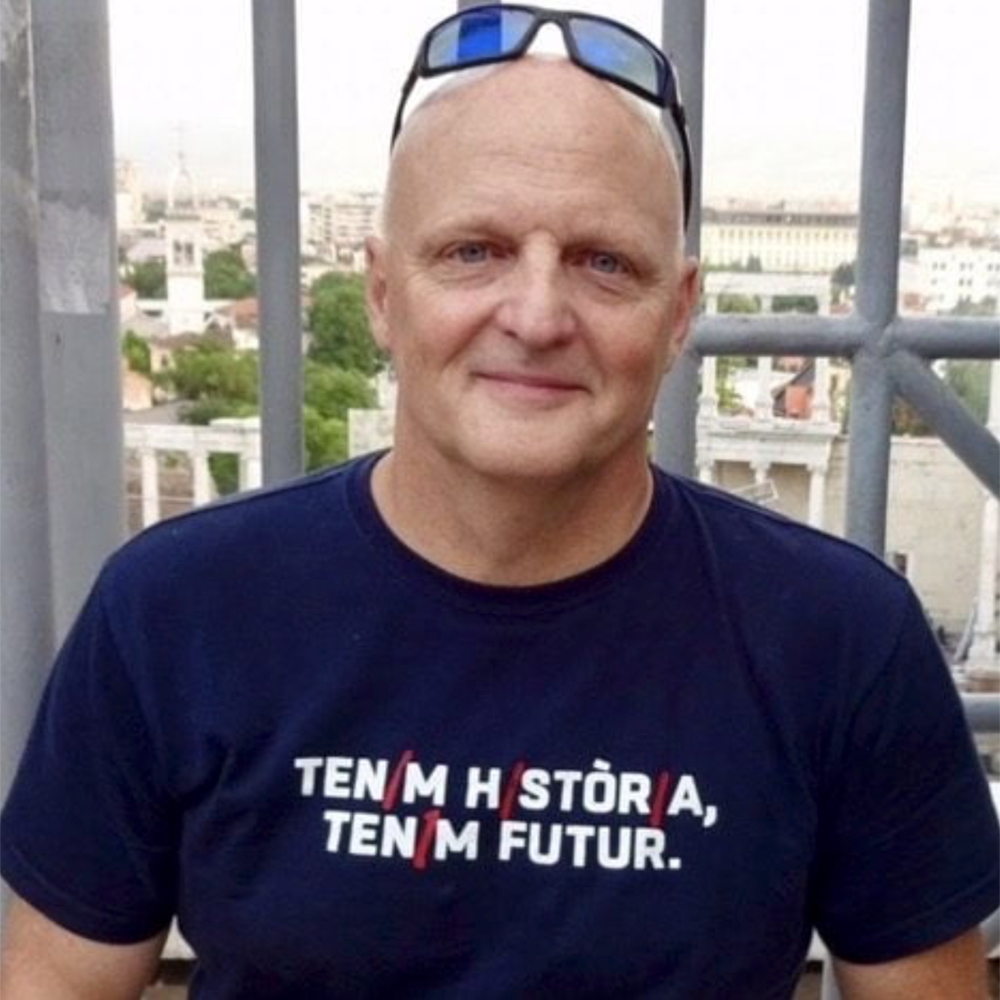Who at one time or another in their lives has not wondered about the suitability of their looks, and their adequacy as currency in the popularity and mating games? I would have to guess pretty much everyone, especially between the ages of, say, twelve and twenty-five.
Historically, however, these anxieties have tended to decline sharply after those years as people are driven by fate or by choice toward life activities that force them to discover new feelings and competencies within themselves, and as a result of this, to contemplate the many ways in which one can perceive beauty, and be perceived as beautiful by another.
As anyone who has read thinkers like Bourdieu or Even-Zohar can tell you, our sense of taste, which of course includes what we find beautiful, is heavily mediated by the cultural environment that we inhabit, and in a more particular sense by the semiotic materials produced by a reduced cadre of “cultural entrepreneurs” working much more often than not at the behest of the society’s most powerful people, and thus heavily inclined to generate life images that naturalize the values undergirding the behavior and the dominance of those same elites.
But to have one’s aesthetic gaze “heavily mediated” by the images produced by elites and their idea-makers is not the same as having one’s taste “determined” by them.
This is why, despite suffering an intense and often suffocating bombardment centering on the relatively few human qualities and looks that are considered beautiful as adolescents and young adults, most of us emerge from that period with at least some of our own non-mediated sense of taste intact.
And it is from this remaining islet of intrinsic aesthetic sensibility that we can begin to broaden our sense of what beauty is, a process that, if my own experience is any guide, is greatly deepened and accelerated by exposure to nature, and to people, landscapes, and cultures different than those that surrounded us in our formative years.
In many ways, what I’ve just described is a microcosm of what we often refer to as the larger human struggle for freedom and dignity.
But what if, in their ever increasing lust for power today’s elites, emboldened by “advances” in technology, decided the world would be a much better place for them if they could eradicate that island outpost inside of us from whence we gaze upon the world with relatively unmediated eyes?
And what if they could, through organized campaigns of social forgetting, convince significant numbers of people in subsidiary power centers such as the family and our schools—institutions that are supposed to support the individual’s search for his own sense of freedom, dignity, and beauty—to join them in obliterating that personal sanctum sanctorum within as many of our children and our youth as is possible?
My guess is that the results would look an awful lot like what we see going on around us today.
It would be place where parents hand telephones blaring inane videos to two-year-old children in strollers to keep them quiet at the very moment when those children are supposed, as part of their natural and necessary individual developmental process, to be gazing at the world in as broad, non-discriminating, and non-mediated ways as is possible.
It would be a place where, even before elementary school children have had the chance to experience the unsettling, inchoate but also absolutely exhilarating feeling of being completely transfixed by the beauty of another person, usually of the opposite sex, they have some adult with whom they they share no intimate bond “explain” these feelings in the coldest clinical terms, complete with a graphic demonstration of what is usually the last thing on the mind of a prepubescent or even early pubescent child in such circumstances: the sexual act.
And just to insure that the sense of mysterious exhilaration—which if left to play itself out will alert the child to the possibility of finding similar intense and suggestive supraverbal experiences in many other realms—is rendered deader than a doornail, that same teacher will confuse them and further disenchant them by talking about “other” patterns of attraction that can also lead to sex acts that, if the last several thousands of years are any guide, would not ordinarily ever form part of the imaginary of 9 out of 10 children in that room.
It would be a place where children in their prepubescent and pubescent years are increasingly deprived of direct contact with nature or with people with life habits distinct from those of their own nuclear families, but are left for hours at a time alone before screens where they are assaulted by narrowly-defined canons of human beauty that increasingly center on highly stylized tropes—like those duckbill platypus lips we see on so many “influencers”—that can only be “achieved” through the surgical mutilation and reformulation of the traits given them by nature.
Think of the subliminal messages this sends to these image-inundated young people!
It suggests that, in contrast to what most spiritual traditions have taught, beauty is not an immanent force within each person, but rather a product that must be purchased both in money, and by suffering targeted mutilation at the hands of a “health provider.”
And what about the millions, if not billions of young for whom these “wonderful” transformational mutilations are simply beyond their means?
In the absence of a loving force in their life dedicated to reminding them of their own indescribable beauty, uniqueness, and giftedness, they are left to conclude that they are, and always will be, losers in this rigidly constructed and controlled new game of cartelized beauty.
In this context then, perhaps the increasing turn to uglification and genital mutilation among the young makes some sense.
If you know you will never be able to join the ranks of the new, surgically modified, and supposedly esthetically pleasing elect, why pay homage to the game and those winning at it?
Better to tear it all down and to declare, through your forceful rejection of all its canons, that you’re not going to play.
And there’s, of course, no better way of doing that than by first making yourself baldly unaesthetic, and if that does send not a forceful enough message to the world, by altering your physiognomy in ways that put you on the sidelines of the game of “mainstream” beauty acquisition for life.
Beauty, and the search for it in other people and other things has always played a key role in human affairs. Knowing this, elites have long sought to co-opt its immense powers in the service of their own ends.
But despite their long-standing and wide-ranging control over the means of semiotic production they have never quite been able to completely stamp out that part of us that seeks it and celebrates it outside the aesthetic parameters they and their idea-makers have established for us.
That is, until now.
Between the powers of mental saturation new technologies now afford them, and the insouciance that so many of us have shown before the insidious force these same communication tools can exert upon all of us, but especially the young, their long-desired search for what they are now euphemistically calling cognitive security in this realm and others may soon be nearing its end.
The solution for us?
We must simply keep it real.
Keeping it real means constantly reminding ourselves that outside of what we observe in nature and hear in intimate conversations with friends, the majority of information we consume has been arrayed for delivery to us by calculating people in order to make us view the world in a way that is amenable to elite interests.
Keeping it real thus also means making a conscious effort to find those spaces where the mediating practices of the elites are few and the chances for direct esthetic pleasure are many. And finally, and most importantly, keeping it real means ensuring that such mediation-free sanctuaries are readily available to children so that their personally constructed sense of beauty, with its wonderfully generative fantasies, is not canceled before it even has time to take flight.
Join the conversation:


Published under a Creative Commons Attribution 4.0 International License
For reprints, please set the canonical link back to the original Brownstone Institute Article and Author.









